The History of the Guitar
The guitar has a fascinating history that spans centuries and continents. Its origins can be traced back to ancient civilizations, where stringed instruments were first developed. Let's take a journey through time to explore the evolution of the guitar:
- Ancient Origins: The earliest known stringed instruments resembling guitars date back to around 2000 BCE. These instruments, known as "tanburs," were used in ancient Mesopotamia, Egypt, and Greece. They had a rounded body and a long neck with strings made of gut or silk.
- Medieval and Renaissance Period: During the Middle Ages, the guitar-like instrument evolved into various forms, including the lute, vihuela, and oud. These instruments were popular in Europe and the Middle East and were played in the royal courts and by troubadours.
- Baroque Era: In the 17th and 18th centuries, the guitar underwent significant changes. The addition of frets, a standardized tuning system, and the development of guitar music notation contributed to its popularity. Baroque composers like Johann Sebastian Bach and Gaspar Sanz composed music specifically for the guitar.
- 19th Century: The guitar continued to evolve during the 19th century, with the introduction of steel strings and the development of the modern classical guitar. Innovations by luthiers like Antonio Torres Jurado and Christian Frederick Martin contributed to the instrument's modern design and improved playability.
- 20th Century and Beyond: The 20th century saw the rise of the electric guitar, revolutionizing popular music. Electric guitars became synonymous with rock 'n' roll and played a crucial role in shaping the sound of modern music. Today, the guitar continues to evolve, with advancements in technology and the exploration of new playing techniques.
Understanding the history of the guitar not only gives us insight into its development but also helps us appreciate the instrument's cultural significance.
The History of Guitar
How to Choose the Right Guitar for You
Choosing the right guitar can feel overwhelming, especially with the wide variety of options available. Here are some factors to consider when selecting your ideal instrument:
- Playing Style: Consider the style of music you want to play. If you're into acoustic folk or singer-songwriter genres, an acoustic guitar might be the best choice. If you're interested in playing rock or blues, an electric guitar might be more suitable. Remember to choose a guitar that aligns with your musical goals and aspirations.
- Budget: Determine your budget before starting your search. Guitars come in a wide range of prices, from affordable beginner models to high-end professional instruments. Set a budget that you're comfortable with and explore guitars within that range.
- Try Before You Buy: It's essential to try out guitars before making a purchase. Visit a local music store and spend some time playing different guitars. Pay attention to how the guitar feels in your hands, the sound it produces, and its overall playability. Don't hesitate to seek advice from knowledgeable staff members who can guide you in finding the right fit.
- Quality and Craftsmanship: Look for guitars made by reputable brands known for their quality and craftsmanship. A well-made guitar will not only sound better but also be more durable and enjoyable to play. Research different brands and read reviews to get an idea of their reputation in the industry.
- Accessories and Extras: Consider the additional accessories and extras that may come with the guitar. Some guitars may include a case, strap, picks, or even a built-in pickup system for amplification. These extras can add value and convenience to your purchase.
By considering these factors, you can make an informed decision and find a guitar that suits your needs and preferences.
Buying Your First Acoustic Guitar
The Evolution of the Guitar
The guitar has a long and fascinating history that dates back thousands of years. Its roots can be traced back to ancient civilizations such as the Egyptians, Greeks, and Romans, who all had stringed instruments that resembled the guitar in some way. However, it wasn't until the 12th century that the guitar as we know it today started to take shape. During this time, the guitar began to evolve from its early form, the lute, into a more recognizable instrument with a curved body and frets.
In the centuries that followed, the guitar continued to evolve and adapt to different musical styles and cultural influences. It underwent significant changes during the Renaissance and Baroque periods, with the addition of extra strings and the development of new playing techniques. By the 19th century, the modern guitar had emerged, with six strings and a standardized body shape. This marked a turning point in the instrument's history, as it became more accessible and popular among musicians of all backgrounds.
The guitar's evolution didn't stop there. In the 20th century, advancements in technology and the invention of the electric guitar revolutionized the way the instrument was played and heard. Electric guitars allowed musicians to achieve new sounds and experiment with different effects, leading to the birth of rock 'n' roll and the rise of iconic guitarists who would shape the future of music.
The Evolution Of EVERY Metal Guitarist
Different Types and Styles of Guitars
One of the things that makes the guitar such a versatile instrument is the wide variety of types and styles available. From classical and acoustic guitars to electric and bass guitars, there's something for every player and musical genre.
Classical guitars, also known as nylon-string guitars, are often associated with classical and flamenco music. They have a warm, mellow tone and are played using fingerpicking techniques. Acoustic guitars, on the other hand, have steel strings and produce a brighter and louder sound. They are commonly used in folk, country, and pop music.
Electric guitars, as the name suggests, rely on electronic amplification to produce sound. They are often used in rock, jazz, and blues music, thanks to their ability to create a wide range of tones and effects. Bass guitars, with their deep and booming sound, provide the rhythmic foundation in many bands and genres.
Apart from these main types, there are also specialized guitars like 12-string guitars, resonator guitars, and lap steel guitars, each with its own unique characteristics and playing styles. Exploring the different types and styles of guitars opens up a world of possibilities for musicians, allowing them to find their own distinct voice and sound.
Electric Guitars Types: Everything you must know
Different Types of Guitars
When it comes to guitars, there are several different types to choose from. Each type has its unique characteristics, catering to different musical styles and preferences. Let's take a closer look at some of the most common types of guitars:
- Acoustic Guitars: Acoustic guitars produce sound through the vibration of the strings, which is amplified by the hollow body of the instrument. They are typically made of wood and are known for their warm and natural tones. Acoustic guitars are perfect for solo performances or playing in intimate settings.
Acoustic Guitars Types: Everything you must know
Electric Guitars: Electric guitars use pickups and amplifiers to produce sound. They are often made of solid wood or composite materials and have a thinner body compared to acoustic guitars. Electric guitars offer a wide range of tones and are commonly used in genres like rock, blues, and jazz.
Electric Guitars Types: Everything you must know
- Classical Guitars: Classical guitars, also known as Spanish guitars, have nylon strings and a wider neck compared to other types of guitars. They are primarily used for playing classical music and fingerstyle techniques. The warm and mellow tones of classical guitars make them popular among classical musicians and enthusiasts.
How to Choose Your First Acoustic Guitar!
- Bass Guitars: Bass guitars are similar in appearance to electric guitars but have a longer scale length and thicker strings. They are responsible for providing the low-end foundation in a band or ensemble. Bass guitars are essential in genres like rock, funk, and jazz.
25 BASS GUITARS
Choosing the right type of guitar depends on your musical preferences, playing style, and budget. Experimenting with different types can open up new possibilities and help you discover your unique sound.
The Invention of the Electric Guitar
In the early 20th century, the invention of the electric guitar changed the course of music forever. It all started with the work of inventors and innovators like George Beauchamp, Adolph Rickenbacker, and Les Paul, who sought to amplify the sound of the guitar and make it heard above the roar of big bands and orchestras.
The first electric guitars were made by attaching pickups to acoustic guitars, which converted the sound of the strings into an electrical signal that could be amplified. This allowed guitarists to play louder and project their sound to larger audiences. As technology advanced, electric guitars began to take on new shapes and designs, with companies like Fender and Gibson leading the way.
The electric guitar opened up a whole new world of possibilities for musicians. It allowed for the creation of new sounds and effects, paving the way for genres like rock 'n' roll, blues, and heavy metal. Guitarists like Chuck Berry, Keith Richards, and Jimmy Page embraced the electric guitar and used it to push the boundaries of what was considered possible on the instrument.
Famous Guitarists Throughout History
No discussion of the guitar would be complete without mentioning the legendary guitarists who have left an indelible mark on the instrument and the world of music. From pioneers like Robert Johnson and Django Reinhardt to modern icons like Jimi Hendrix and Eric Clapton, these guitarists have pushed the boundaries of what is possible on the instrument and inspired countless musicians to pick up the guitar themselves.
Robert Johnson, a blues guitarist from the early 20th century, is often referred to as the "King of the Delta Blues." His virtuosic playing and soulful vocals laid the foundation for the blues and influenced generations of musicians to come. Django Reinhardt, a Belgian-born Romani guitarist, revolutionized jazz guitar with his innovative playing style and dazzling improvisations.
Top 100 Greatest Guitarists Of All Time
In the realm of rock music, Jimi Hendrix is widely regarded as one of the greatest guitarists of all time. His unparalleled talent and showmanship electrified audiences and redefined what could be done on the guitar. Eric Clapton, often referred to as "Slowhand," is another guitar legend known for his soulful playing and emotional solos.
These are just a few examples of the countless guitarists who have made their mark on the instrument and shaped the course of music history. Each guitarist brings their own unique style and approach to the guitar, showcasing the instrument's incredible versatility and expressive power.
The Rise of the Modern Guitar in the 19th Century
While the electric guitar may have stolen the spotlight in the 20th century, the 19th century saw significant developments in the design and construction of the modern guitar. Prior to this period, the guitar had undergone various changes and improvements, but it was during the 19th century that the instrument truly came into its own.
One of the most influential figures in the development of the modern guitar was Antonio de Torres Jurado, a Spanish luthier who is often referred to as the "father of the modern classical guitar." Torres refined the design of the guitar, introducing features such as a larger body, fan bracing, and a more ergonomic shape. These innovations not only improved the guitar's sound and projection but also made it more comfortable to play.
Another important development during this time was the standardization of the guitar's six-string configuration. Prior to the 19th century, guitars had anywhere from four to twelve strings, making it difficult for players to learn and adapt to different instruments. The adoption of the six-string configuration allowed for greater consistency and ease of play, making the guitar more accessible to a wider range of musicians.
LÁGRIMA - Original 19th Century Guitar
The Guitar in Popular Music Throughout the 20th Century
The 20th century saw the guitar become a dominant force in popular music, thanks to its versatility and ability to adapt to different genres and styles. From the blues and jazz of the early 1900s to the rock 'n' roll revolution of the 1950s and the explosion of guitar-driven music in the decades that followed, the guitar has been at the forefront of musical innovation.
In the early part of the century, the guitar played a crucial role in the development of blues music. Artists like Robert Johnson, Blind Lemon Jefferson, and B.B. King used the guitar to express the pain, joy, and longing of their experiences, laying the foundation for future generations of musicians.
As the century progressed, the guitar found its place in various genres, including jazz, country, and folk. Legendary jazz guitarists like Charlie Christian and Wes Montgomery pushed the boundaries of what was possible on the instrument, while country artists like Chet Atkins and Merle Travis developed intricate fingerpicking styles that would become synonymous with the genre.
The 1950s saw the rise of rock 'n' roll, with guitarists like Chuck Berry and Scotty Moore leading the way. Their energetic playing and catchy riffs captured the imagination of a generation and set the stage for the guitar's dominance in popular music.
In the following decades, the guitar continued to evolve and adapt to new musical styles, from the psychedelic rock of the 1960s to the heavy metal of the 1980s and the alternative rock of the 1990s. Guitarists like Jimi Hendrix, Jimmy Page, Eddie Van Halen, and Kurt Cobain pushed the boundaries of what could be done on the instrument and inspired countless musicians to pick up the guitar and create their own music.
English Guitar Music of the 20th Century
Basic Guitar Techniques for Beginners
If you're new to the guitar, learning some basic techniques will set you on the path to becoming a proficient player. Here are a few essential techniques to get you started:
- Holding the Guitar: Start by learning how to hold the guitar properly. Sit up straight and position the guitar on your dominant leg (right leg for right-handed players, left leg for left-handed players). Support the neck of the guitar with your non-dominant hand and rest your strumming hand on the bridge or soundhole.
- Strumming: Strumming is a fundamental technique used to produce chords and rhythms on the guitar. Hold a pick between your thumb and index finger and use a downward motion to strike the strings. Practice strumming different patterns and experimenting with dynamics (soft and loud) to develop your sense of rhythm.
- Chords: Chords are the building blocks of music. Start by learning basic open chords such as C, G, D, and E minor. Practice transitioning between chords smoothly and strumming them in rhythm. As you progress, you can explore more complex chord shapes and variations.
- Fingerpicking: Fingerpicking involves plucking the strings with your fingers instead of using a pick. Start by practicing simple fingerpicking patterns using the thumb, index, and middle fingers. As you gain more confidence, try incorporating melodies and bass lines into your fingerpicking.
- Bending and Vibrato: Bending is a technique used to raise the pitch of a note by pushing or pulling the string. Vibrato adds expression to a note by oscillating the pitch slightly. Practice bending strings accurately and adding tasteful vibrato to your playing.
Remember, learning the guitar takes time and patience. Consistent practice and a positive mindset will help you progress and become a skilled player.
Guitar Technique for Beginners
Basic Parts of a Guitar
To understand how the guitar works and communicate with other musicians, it's essential to familiarize yourself with its basic parts:
- Headstock: The headstock is located at the top of the guitar and holds the tuning pegs. It's where you adjust the tension of the strings to tune the guitar.
- Nut: The nut is a small piece of material (usually bone or synthetic) located at the top of the neck. It has grooves that hold the strings in place and determine their spacing.
- Neck: The neck is the long, thin part of the guitar that extends from the body. It's where you press down the strings to produce different notes and chords. The neck usually has frets, which are metal strips that divide the neck into segments.
- Fretboard: The fretboard, also known as the fingerboard, is the front part of the neck where the strings make contact. It's usually made of wood and has markers (dots or inlays) to indicate the position of certain frets.
- Body: The body is the main part of the guitar, responsible for amplifying the sound produced by the strings. It can be made of various materials, including wood, metal, or composite materials. The body shape and size can affect the guitar's tone and playability.
- Bridge: The bridge is located on the body of the guitar and holds the strings in place. It transfers the vibrations from the strings to the body, contributing to the guitar's overall sound.
- Pickups: Pickups are electromagnetic devices located on electric guitars. They capture the vibrations of the strings and convert them into electrical signals, which can be amplified and processed.
Beginner Guitar Lesson Starter Pack
Understanding the basic parts of a guitar will help you communicate with other musicians, troubleshoot any issues, and make informed decisions when it comes to maintenance and upgrades.
In conclusion, the guitar is a versatile and captivating instrument that has stood the test of time. Whether you choose an acoustic or electric guitar, understanding its history, selecting the right instrument, mastering basic techniques, and familiarizing yourself with its parts are essential steps on your musical journey. As you continue to explore the world of guitars, remember that practice, dedication, and a love for music will propel you forward. So, grab your guitar, tune those strings, and let the magic of music unfold. Happy strumming!
Conclusion
The history of the guitar is a testament to the instrument's enduring appeal and the creativity of the musicians who have played it. From its humble beginnings thousands of years ago to its current status as one of the most popular and versatile instruments in the world, the guitar has captured the hearts and minds of musicians and audiences alike.
Whether you're just starting your guitar journey or have been playing for years, there's always something new to discover and explore. The world of guitars is vast and diverse, with a wide range of types, styles, and techniques to explore. So pick up your guitar, tune those strings, and get ready to embark on a musical adventure like no other. The guitar awaits, ready to unlock your musical potential and help you find your voice. Happy strumming!


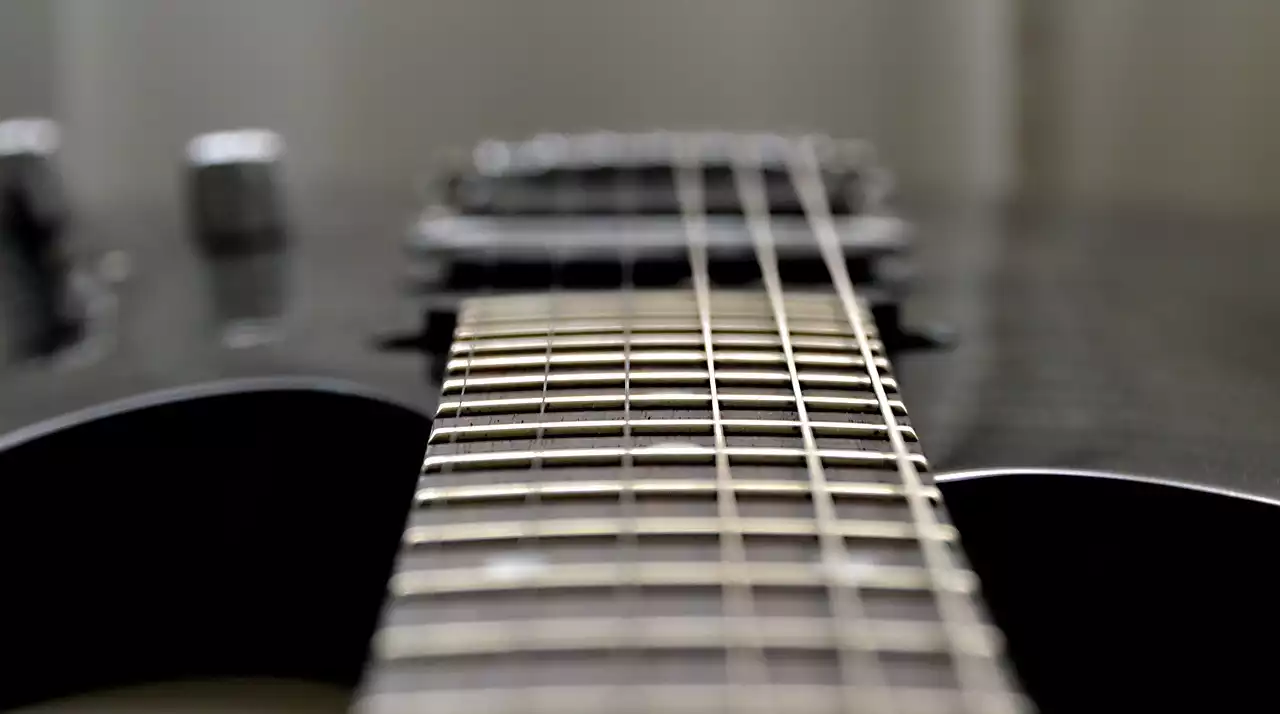
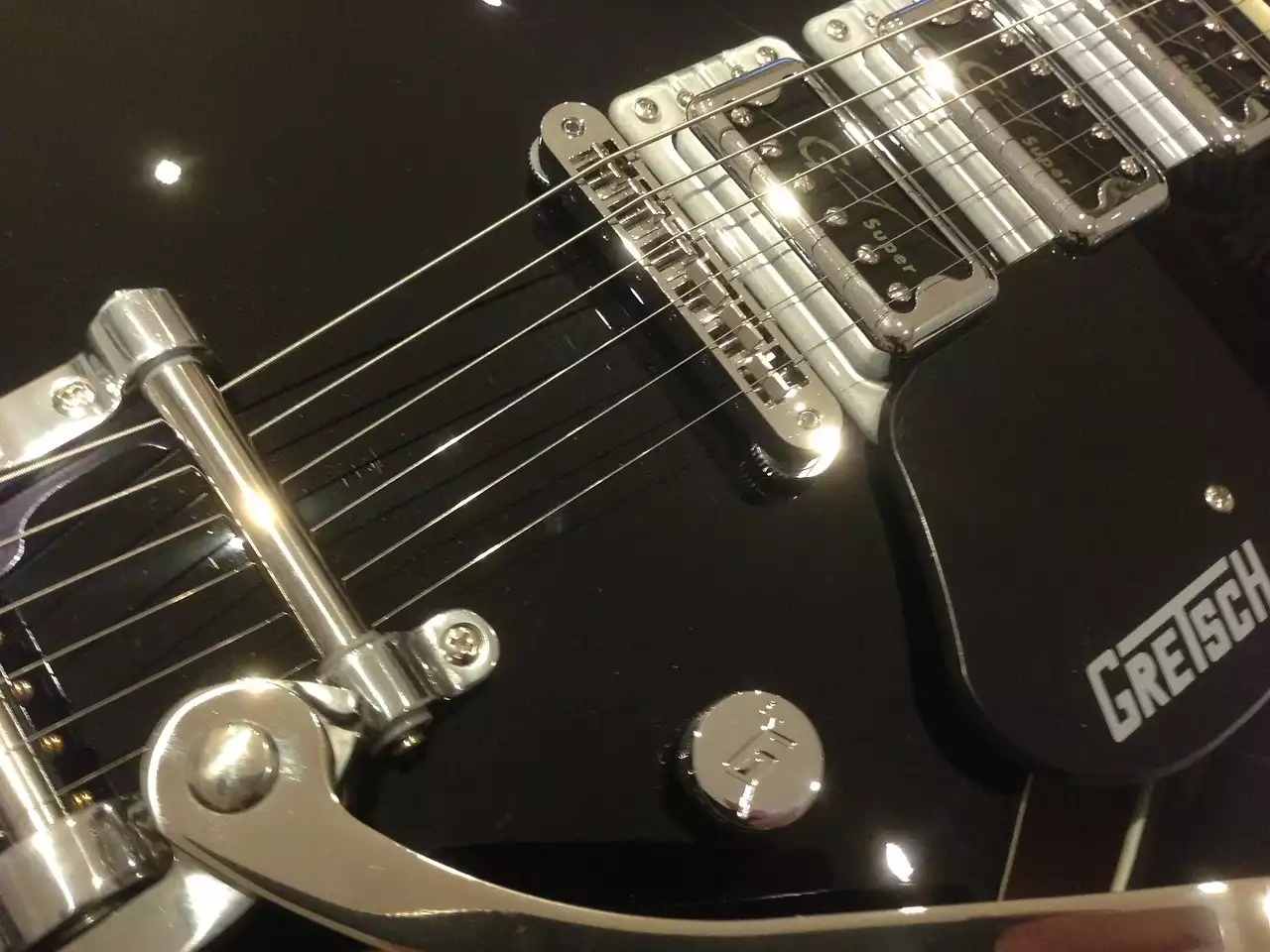


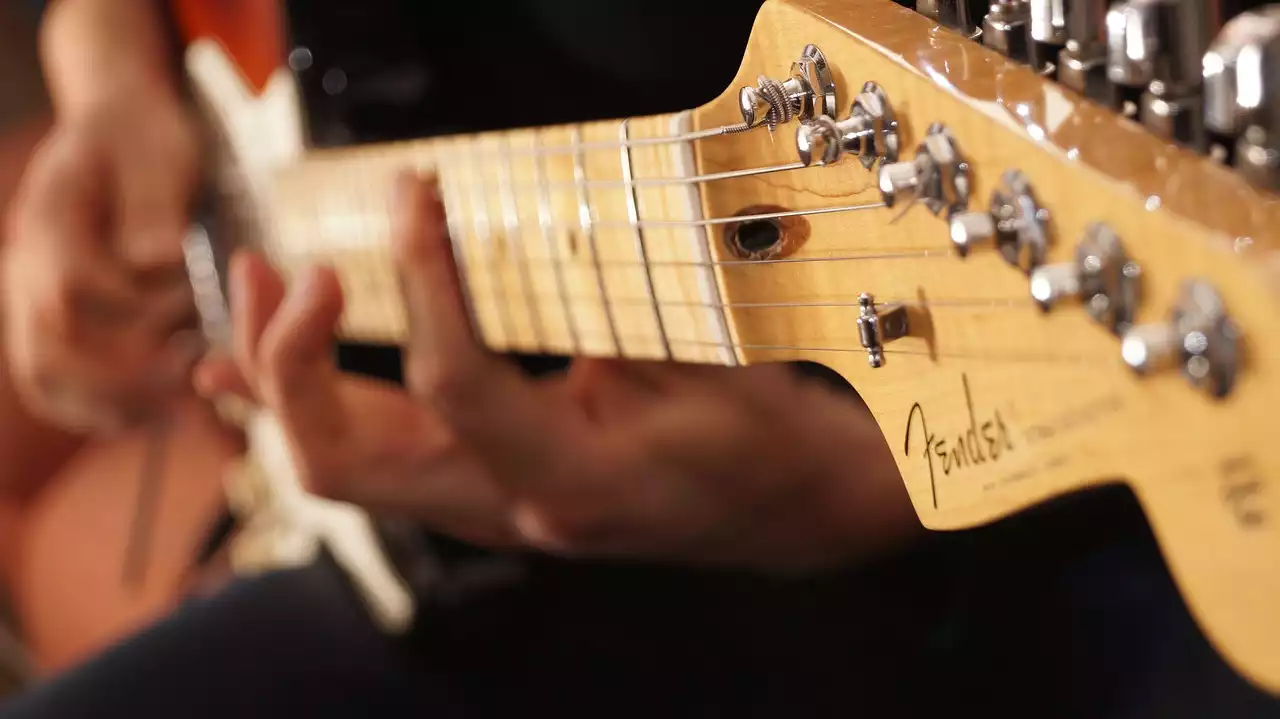
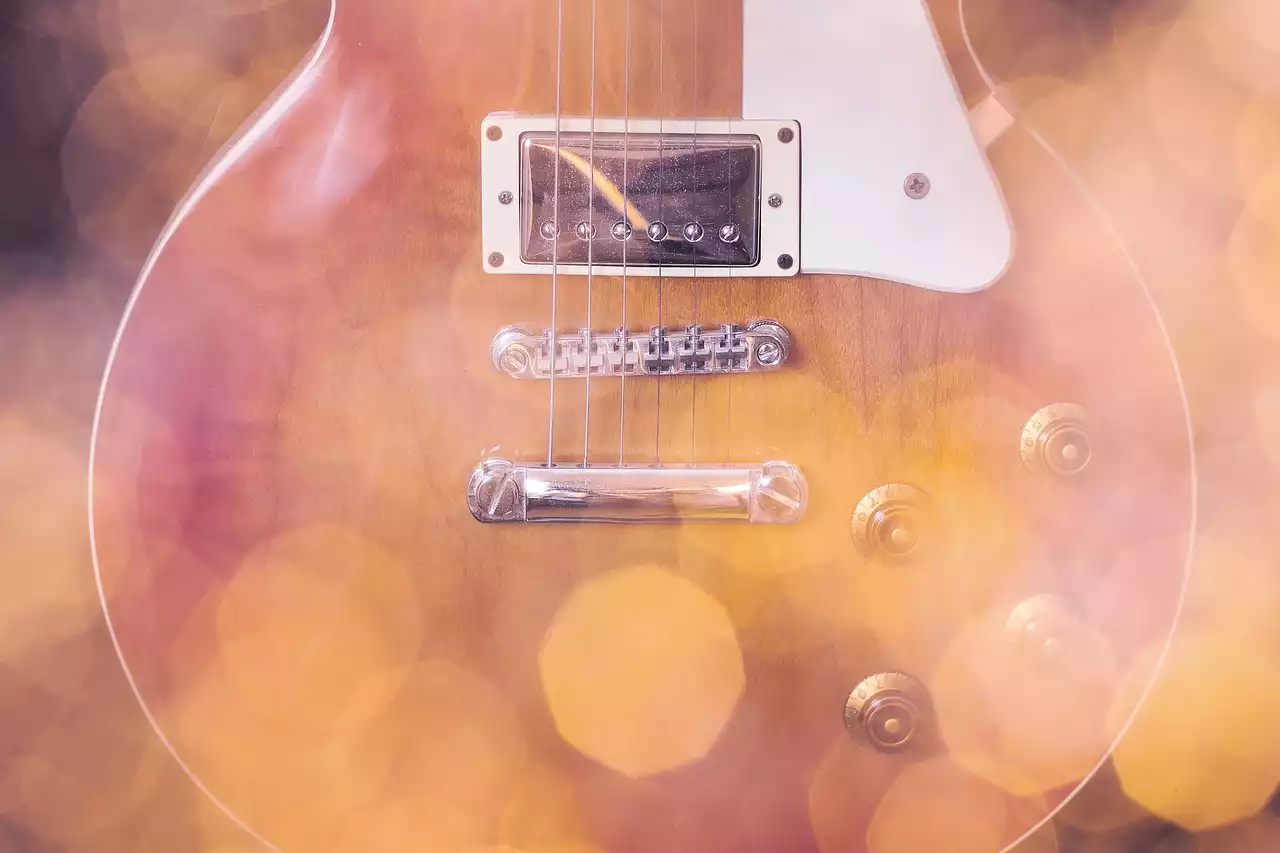
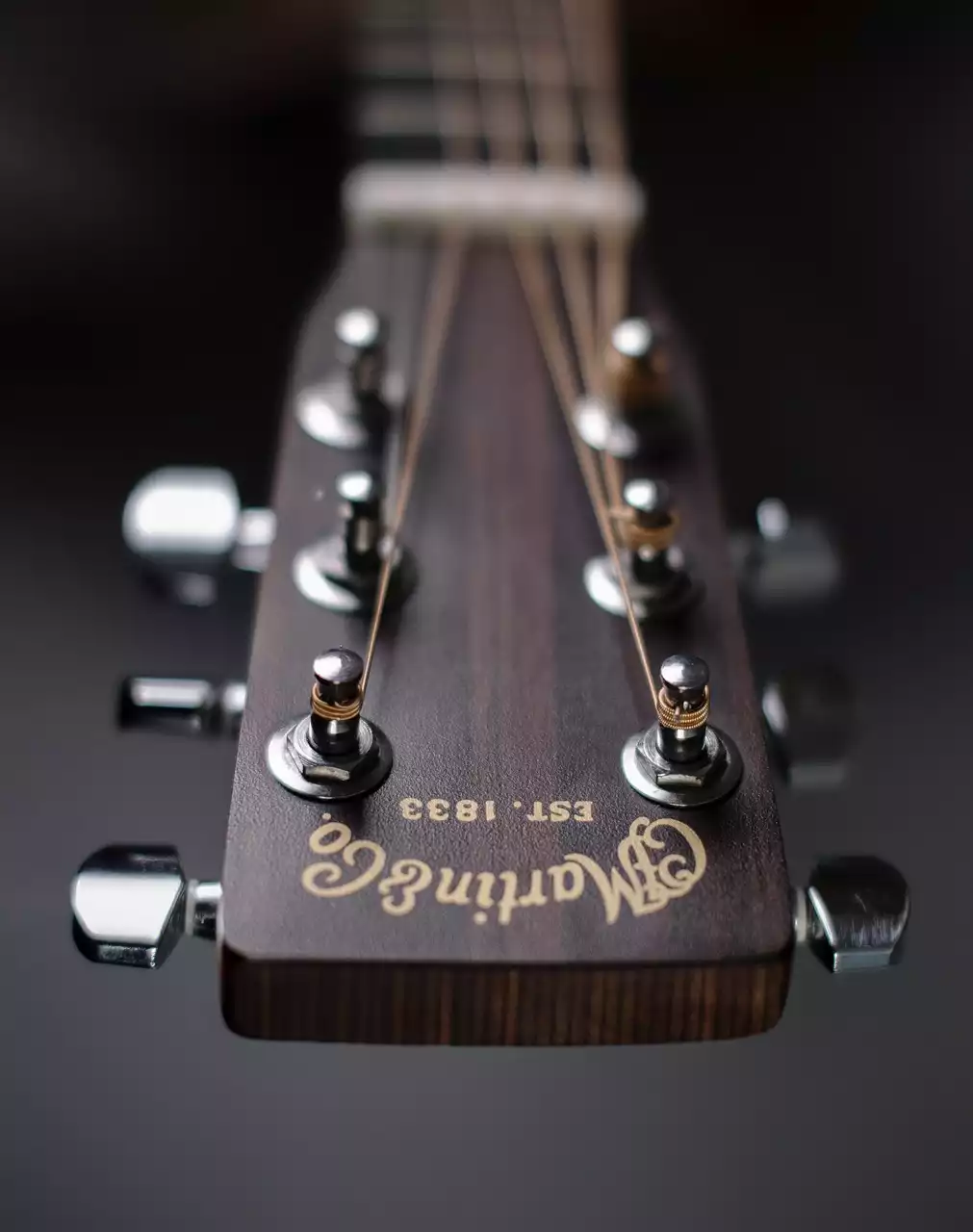
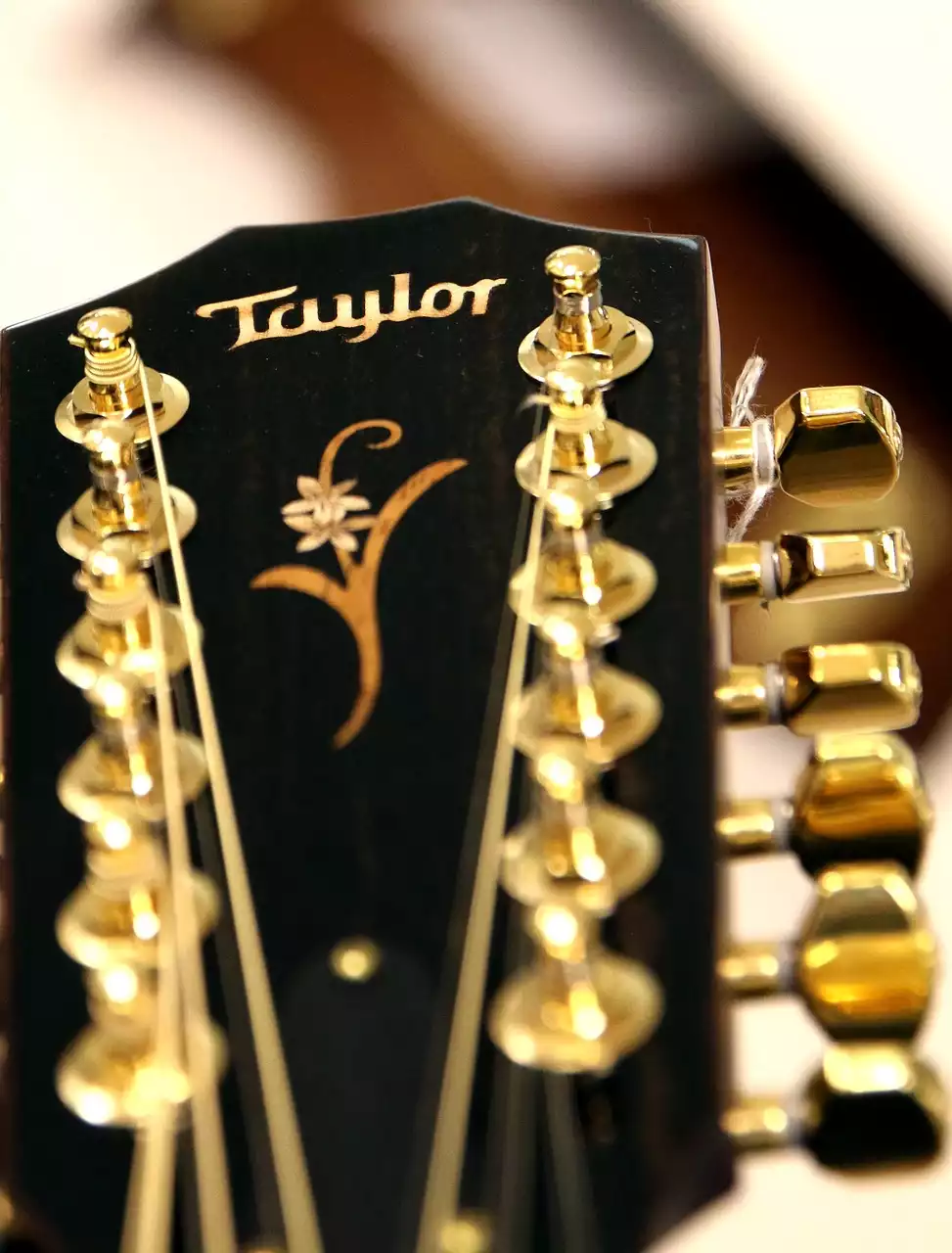





.png?size=50)